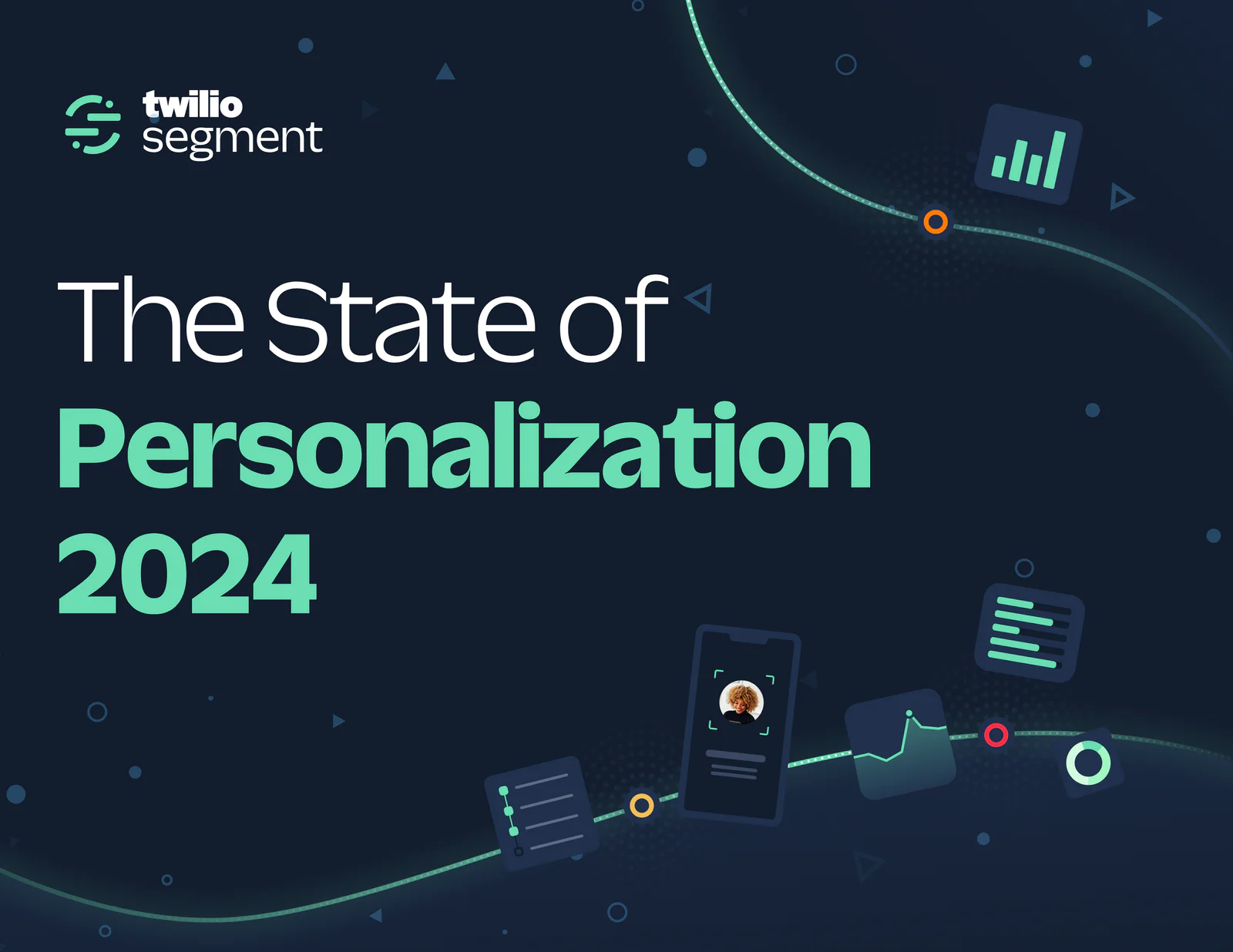Advertising Week 2024 Recap: What we saw and learned
Key takeaways around privacy, personalization, and AI from AdWeek 2024.
Key takeaways around privacy, personalization, and AI from AdWeek 2024.
Every October, thousands of advertisers and advertising technology companies flock to New York City for one of the industry’s largest conferences of the year: Advertising Week. The 20th year since its inception, this week-long event brings together the largest names in advertising. And of course, Advertising Week wouldn’t be complete without a special guest or two. Paris Hilton dazzled crowds last year, and this year Lil’ Jon shared his wellness journey to a standing room only audience.
Earlier this month, I joined the thousands of attendees and hosted a few sessions with the Twilio Marketing team. Twilio Segment sponsored the Advances in AdTech track, hosting two panels with partners Meta, Amazon, and Snap.
Our first session—with Chris Cox, Head of Partnerships, Snap and Brian Tomasette, Director of Product Management, Amazon DSP–explored the benefits of privacy first tactics, AI, and data collaboration for the future of advertising online.
For our second session–co-hosted with Simon Whitcombe, Vice President, Global Business Group, at Meta–we took a deeper dive into the benefits of Facebook’s Conversions APIs, and how they’re part of a winning solution for advertisers when paired with Twilio Segment CDP.
What was clear to me, is that marketers face a tough challenge when advertising online in 2024 and beyond. If you weren’t able to attend, I’ve summarized some key takeaways from our sessions.

As the AdTech landscape continues to evolve, most marketers are faced with the challenge of doing more with less–whether that be resources or budgets. At the same time, there have never been more factors that are out of marketers’ direct control: balancing privacy with personalization, identifying the right audiences for your product, or ensuring you can effectively track your campaign metrics. And on that last point–as digital advertising becomes more and more automated, how can you ensure your campaigns are actually effective if you don’t understand where your ads are going to begin with? As automation continues to transform the advertising landscape, an AdTech partner’s ability to transparently share campaign metrics, as well as scale high quality data should be table stakes for modern advertisers.
Chris Cox of Snap shared his perspective on how transparent data collaboration and attribution will support marketers in the industry shift that demands that marketing teams be more revenue-driven, rather than just a cost-center.
“Today, we think about signals as actions like page views or purchases that happen online or offline. But advertisers have hundreds of consumer touch points, most of which are probably not used because they don't understand the value of them. Tools like Twilio Segment help brands make sense of the vast amount of data they collect, and derive value from individual touch points, to enhance their media execution on platforms like Snap.”
First-party data continues to be a key differentiator in how brands effectively find new customers, respect consumer privacy, and personalize their messaging with precision. Traditional data collection tools built on third-party cookies have been essential in digital advertising for the last decade and a half, but have lacked in areas like latency and identity resolution. Beyond third-party cookie deprecation, bad data has led to imprecise targeting, wasted ad spend, and an impersonalized customer experience.
Brian Tomasette of Amazon spoke to the importance of centralizing data into a platform like Segment CDP for data governance, so brands are set up for success when implementing more sophisticated advertising use cases on platforms like Amazon DSP. He shared:
“Companies are tackling the challenge of balancing privacy and personalization by unifying customer data into centralized platforms, like customer data platforms. They're also using privacy-focused environments, such as Amazon Marketing Cloud, which provide secure analytics in a ‘clean room’ environment.”

Artificial intelligence is now firmly entrenched in the advertising ecosystem–but how can you ensure it’s not just a buzzword for your brand? Spending many years in the AdTech space myself, I can tell you that the future of AI in advertising lies in how brands are effectively incorporating it into their marketing strategies. While machine learning and artificial intelligence isn’t necessarily new to AdTech, and has enabled processes like simplified audience targeting, real-time bidding, and cross-channel campaign management–there’s still much room to expand. Brands that are able to creatively implement AI solutions, will stand out as leaders amongst their competition.
Simon Whitcombe of Meta echoed these sentiments when he recalled the public outcry when Meta rolled out non-linear timelines driven by machine learning. In the decade plus since its debut, it’s not only become the norm across social media platforms, but has played an instrumental part in the fabric of advertising online today. He shared:
“Nobody goes on Facebook or Instagram with the express intent of buying anything but millions of people do every single day…because of our ability to make a machine learning driven prediction of exactly what ad to show to you on which surface at which time.”
Overall, it was a great Advertising Week! I want to reiterate my thanks to our partners from Meta, Amazon, and Snap for an engaging discussion and we look forward to next year’s event.
If you’re ready to learn more, join us for Twilio’s annual CDPWeek! I’ll be kicking off the second session of the event, where I’ll be joined by Sheraz Amin, Global Head of Product Strategy and Operations Core Ads, TikTok and Gabe Richman, General Manager, Global Identity and Ecosystem Partnerships, The Trade Desk to discuss future trends for advertisers, and what they should care about moving into 2025.

Our annual look at how attitudes, preferences, and experiences with personalization have evolved over the past year.